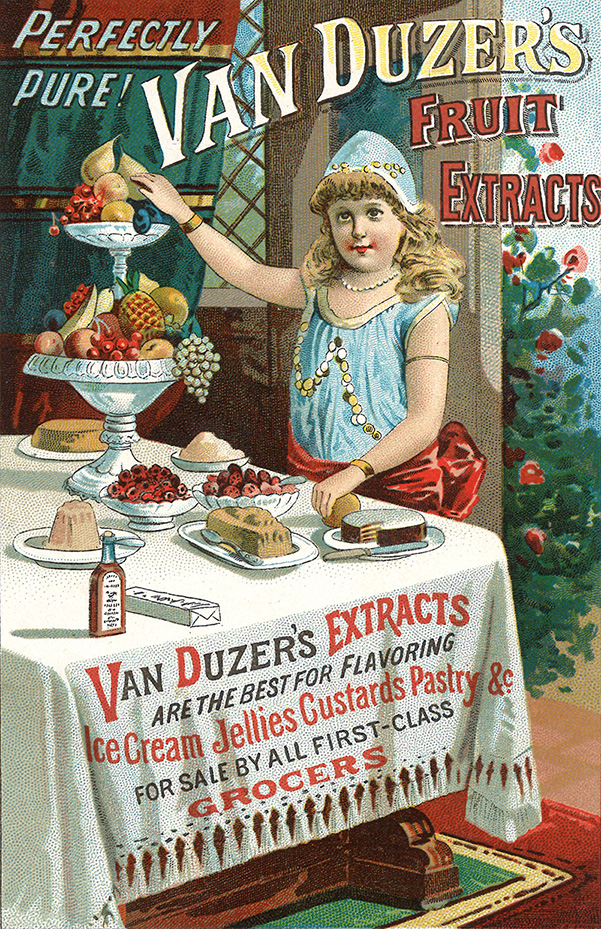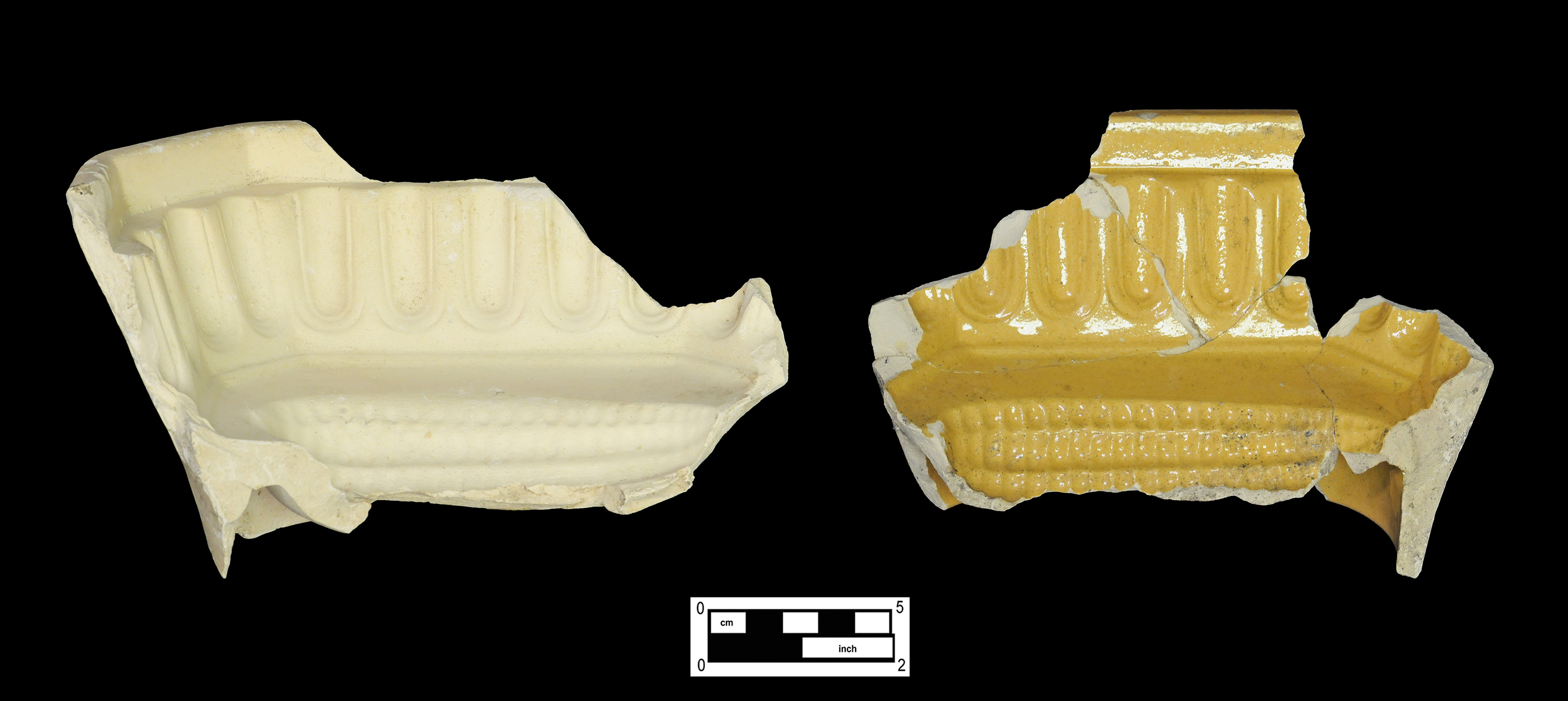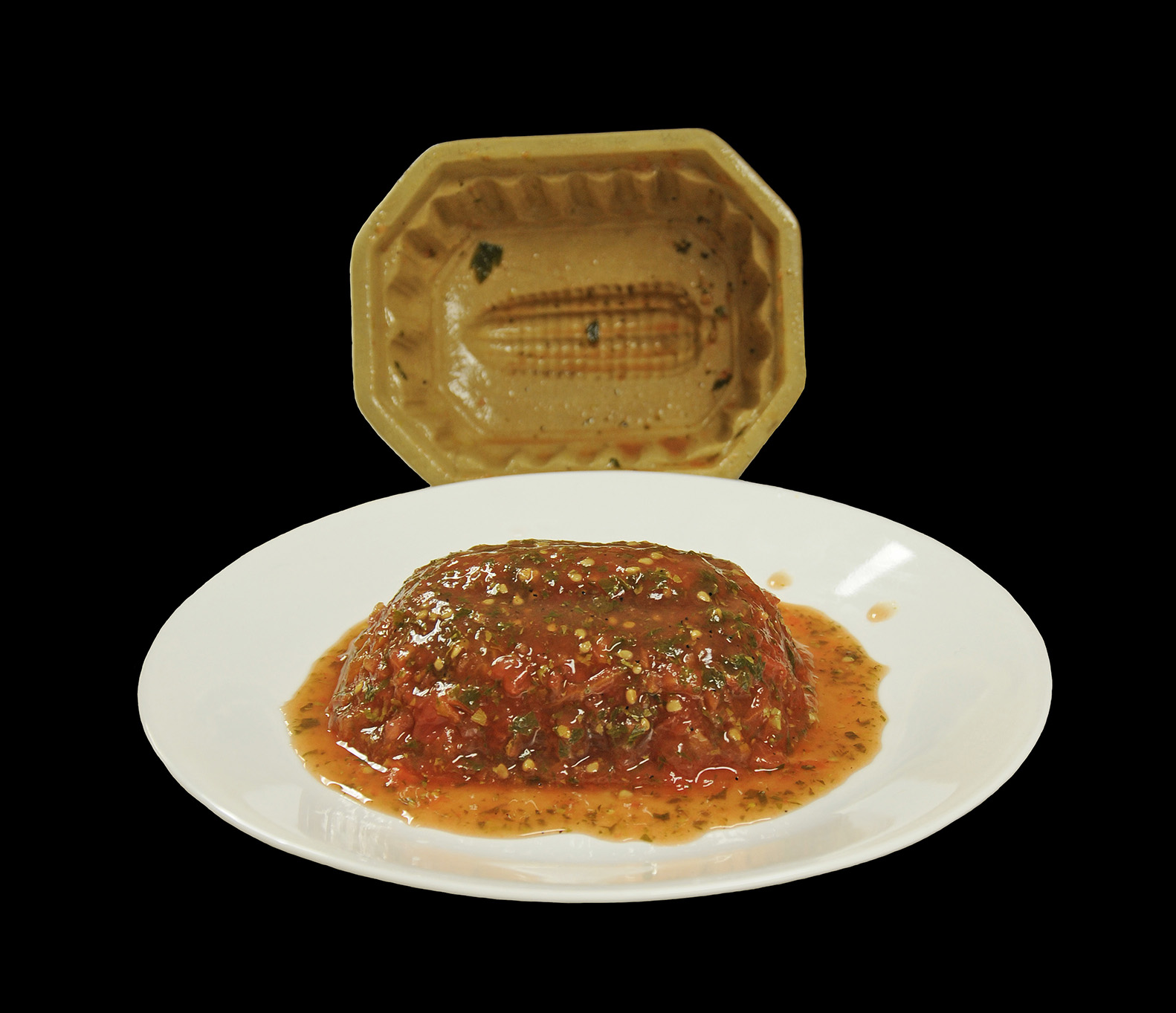
“We almost felt tempted above what we were able to bear when those spicy odors from… the kitchen were wafted to our noses. We were not sensitive, according to the fastidiousness of more modern days, about the smell of the dinner being restricted to the dining-room; our noses, then, felt no repugnance to the aroma of roasted fowls and plum puddings saluting them at the ‘front door,’ or penetrating through every nook and corner of the house, for it was only the delicious prelibation of our anticipated feast.”
When the narrator of Maria J. B. Browne’s 1849 short story “Thanksgiving, A ‘Carol’ for the Season,” reminisced on Thanksgivings of her childhood, the preparations for the meal occupied a place of honor in her memory. Though Thanksgiving had solidified itself in the national consciousness by the early nineteenth century, it retained associations with New England that have to some extent carried on to the present day, as suggested by the setting of Browne’s story despite its publication in the Philadelphia-based Dollar Newspaper.
 AECOM discovered these fragments of yellowware ceramic food molds in a pottery waste dump during archaeological monitoring of I-95 in advance of construction. Vessels that broke during the firing process and those with defects rendering them unsalable were discarded at the pottery. At larger potteries, the accumulated ceramic debris was hauled away and deposited along riverbanks or used as land fill. Although unmarked, these sherds were found in association with pieces bearing the mark of John E. Jeffords’ Philadelphia City Pottery (1868–1914), located at the corner of Lehigh and Salmon Streets. Both of these molds feature an ear of corn at the center; the one at left was discarded after the initial bisque firing, the other broke or suffered damage during or after it was glaze fired. Other yellowware molds were available with different types of fruit, animals, or geometric patterns.
AECOM discovered these fragments of yellowware ceramic food molds in a pottery waste dump during archaeological monitoring of I-95 in advance of construction. Vessels that broke during the firing process and those with defects rendering them unsalable were discarded at the pottery. At larger potteries, the accumulated ceramic debris was hauled away and deposited along riverbanks or used as land fill. Although unmarked, these sherds were found in association with pieces bearing the mark of John E. Jeffords’ Philadelphia City Pottery (1868–1914), located at the corner of Lehigh and Salmon Streets. Both of these molds feature an ear of corn at the center; the one at left was discarded after the initial bisque firing, the other broke or suffered damage during or after it was glaze fired. Other yellowware molds were available with different types of fruit, animals, or geometric patterns.
Food molds like these were used for preparing aspic, Blanc mange, and in baking. Aspic, a popular nineteenth-century dish, consists of a broth of boiled meat and vegetables—with gelatin added to form a colloid—often with bits of meat and/or vegetables suspended in it. As the ingredients cooled, they took the shape of the mold. While aspic was a practical way to stretch leftover meat and vegetables, it also became popular at Victorian-era dinner parties. Blanc mange, a sweet pudding or custard, was also shaped in ceramic molds. Hosts searched for unique molds to impress their guests, and outdo their neighbors.
